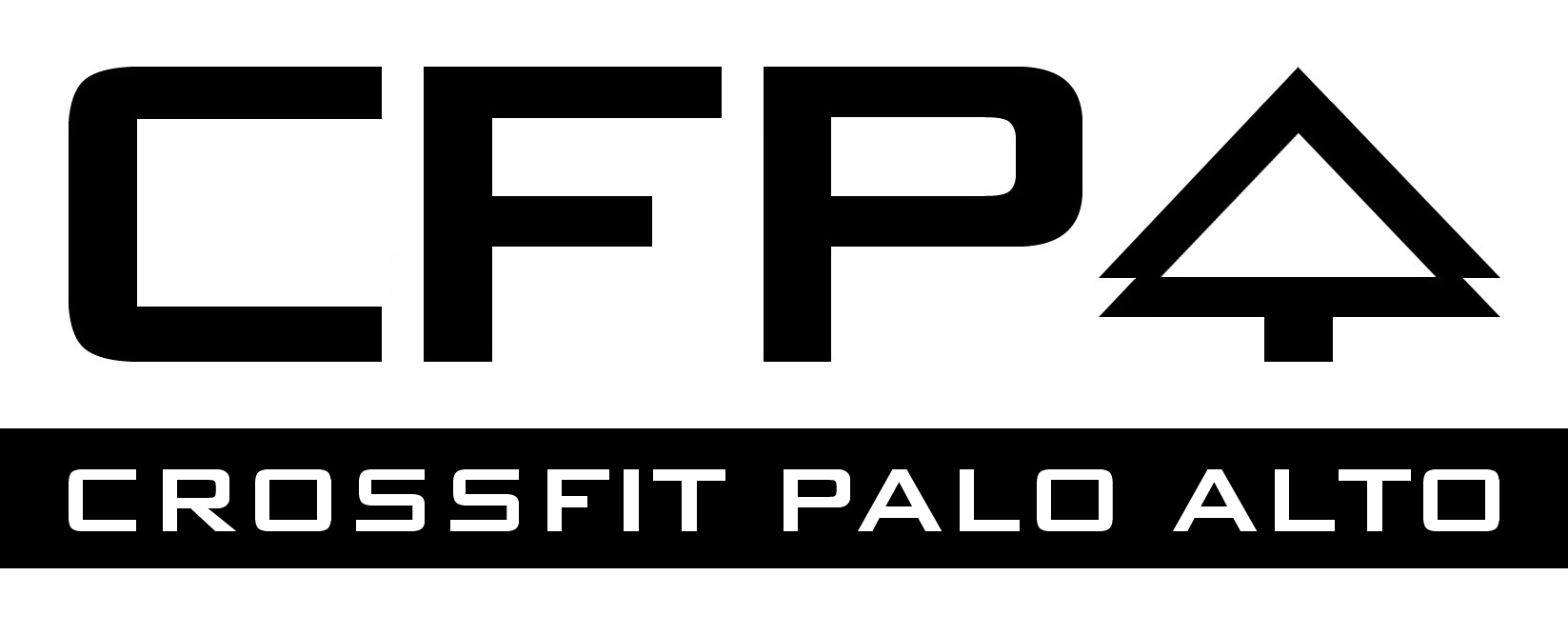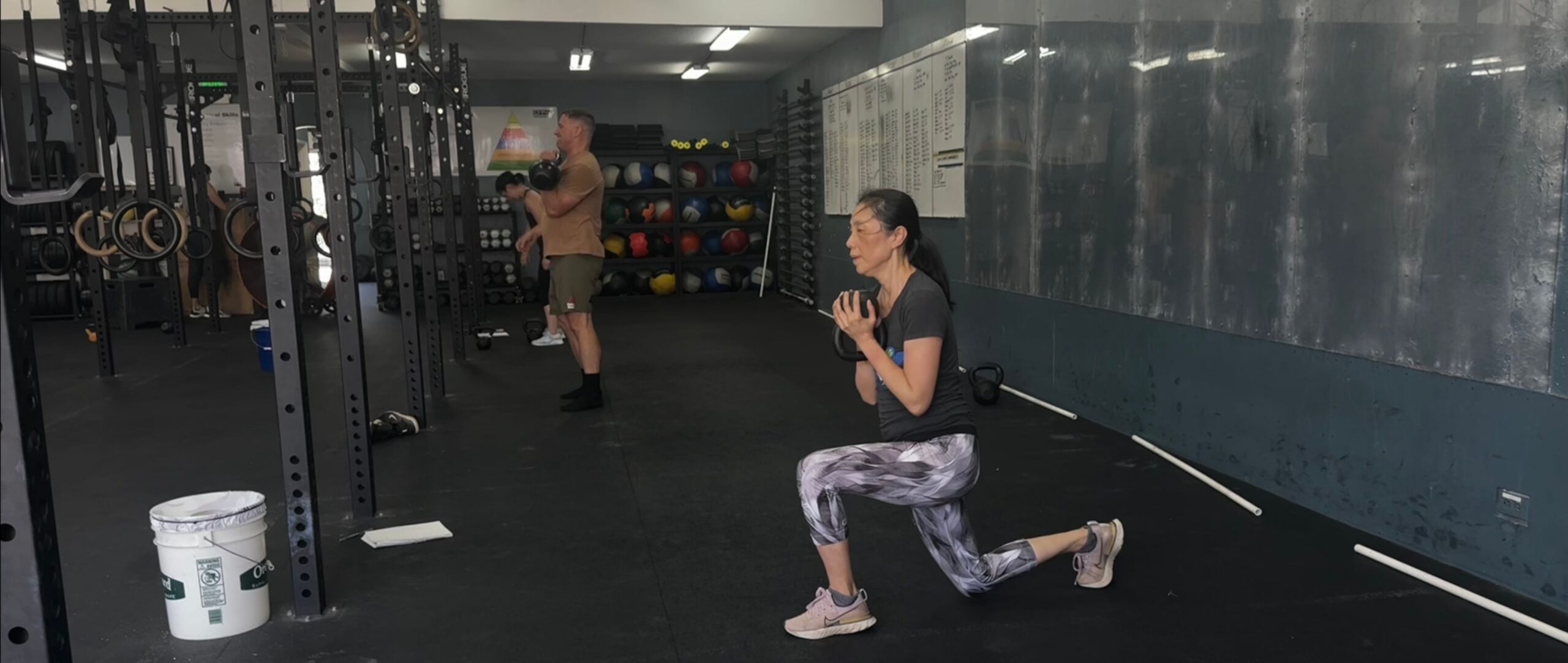Varied Not Random
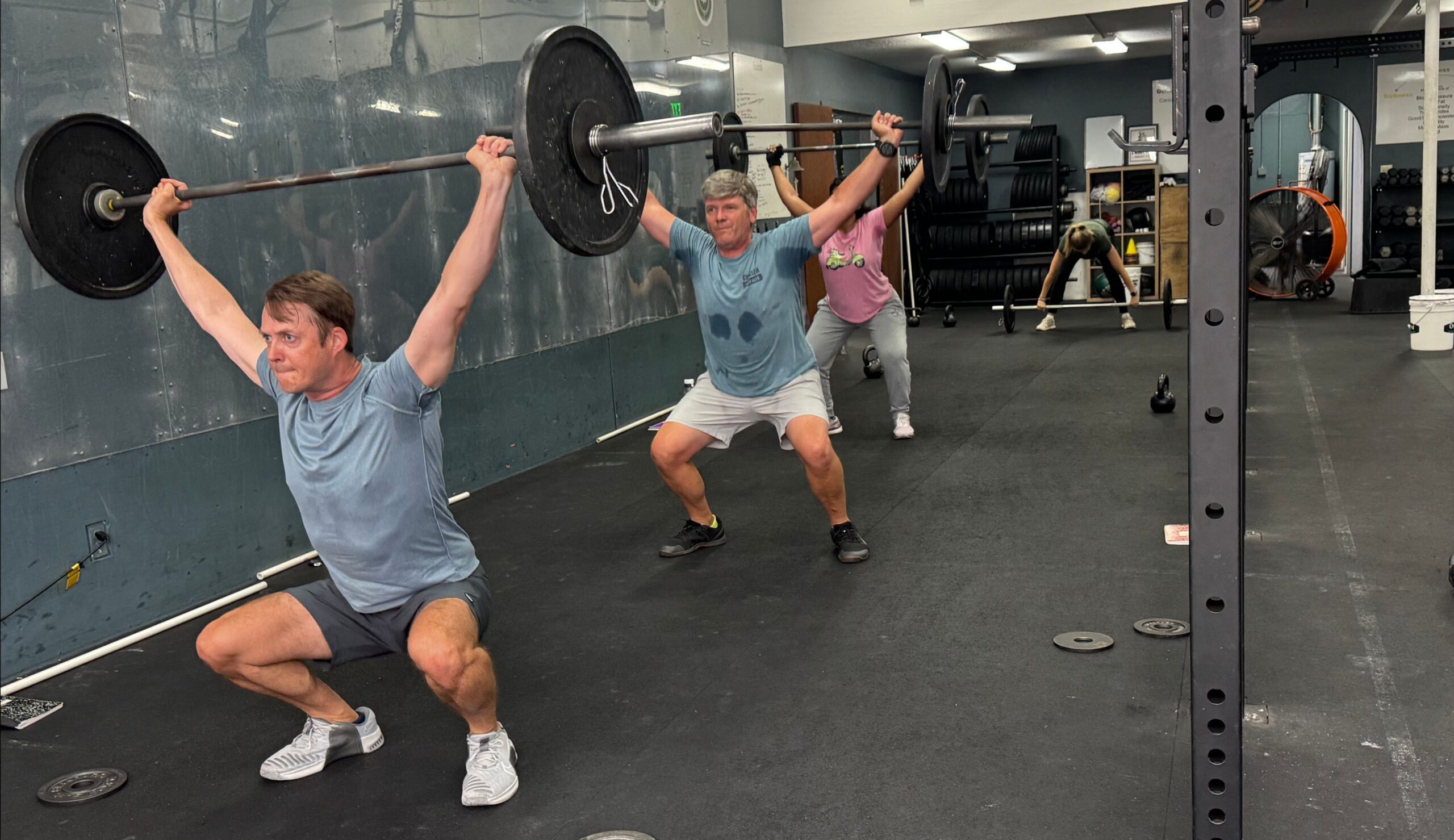
“The life you lead is the lesson you teach.” – Tom Brady
Deep Squats (Thoughts)
One of the tenets of CrossFit is Constantly Varied, Functional Movements performed at High Intensity. I’d like to address the idea of Constantly Varied, or Variance with an adapted article from CrossFit written by Stephane Rochet.
Constantly varied workouts are a critical component of the CrossFit methodology. Doing different workouts prepares us to handle anything life throws at us, from the unknown to the unknowable. Unfortunately, this variance is a source of criticism from those who don’t understand its purpose.
The trite refrain goes something like this: “You cannot expect to get stronger, fitter, or better at anything if you’re constantly changing what you’re doing.”
The short response is the success stories of millions of people performing CrossFit around the world have proven this criticism completely false. Step into a local affiliate, and you will be inspired by what regular people can achieve through commitment, hard work, and an effective program. The program’s variance allows for adaptations and capacity to be built for years, leading to unrivaled levels of fitness in CrossFit athletes over time.
Why Variance?
CrossFit’s contention, as explained in the CrossFit Journal article “What is Fitness?” is that “fitness requires an ability to perform well at all tasks, even unfamiliar tasks, tasks combined in infinitely varying combinations… Nature frequently provides largely unforeseeable challenges; train for that by striving to keep the training stimulus broad and constantly varied.”
Combat, survival, many sports, and life reward this kind of broad, general, and inclusive fitness. So, CrossFit’s specialty is not specializing. We want to be good at everything but not world-class at anything. We understand what our deadlift looks like if we can run a 4-minute mile and, conversely, what our mile time looks like if we can deadlift 800 lb. By nature, specializing in one area causes deficiencies in many other areas. We’d much rather have a 5-minute mile and 500-lb deadlift. CrossFit owns this middle ground of excellent capacity across the full spectrum of challenges.
Varied, But Not Too Varied
When we say we constantly vary the stimulus, we’re not saying the week looks like pickleball on Monday, swimming on Tuesday, and push-ups and pull-ups on Friday. We’re not just throwing random activities at the calendar. CrossFit is a general preparation strength-and-conditioning program designed to develop fundamental movement patterns and capacities. We train pulls, pushes, squats, hinges, carries, running, jumping, biking, and rowing, and we hit anaerobic and aerobic conditioning along the way. We use a comprehensive stable of functional movements in unlimited combinations to elicit the work capacity we’re after. The beautiful thing about our movements is they all enhance each other. So while critics of CrossFit programming may point out, “You only back squatted twice this month, and you can’t get better at back squats if you don’t do them more frequently,” we know all the lunges, pistols, front squats, overhead squats, cleans, snatches, sprints, jumps, and deadlifts not only provide their own specific skills but enhance all the other movements, including the back squat.
Furthermore, seemingly unrelated functional movements augment each other. All the pull-ups, push-ups, presses, toes-to-bars, GHD sit-ups, and muscle-ups also improve our squats, deadlifts, and Olympic lifts. By training various movements, we shore up weaknesses, build muscle mass, connect the upper and lower body into one strong piece, avoid plateaus, and promote continued improvement across organic and neurological adaptations. The constant variety of met-cons develops the anaerobic and aerobic conditioning foundation we require to work hard enough for strength and power gains, fat loss, and increased muscle. Everything we do is interrelated and amplifies everything else. This is efficient training for a broad training adaptation. To be clear, we’re fitter everywhere because of variety, making every minute of our training count.
Even Specialists Use Variance
Bulgarian weightlifters are famous for winning gold medals and breaking world records with a training program composed of snatches, clean and jerks, and squats. What makes this program stand out is the lack of variety, which is the exception to the rule. Though their goal was the same as the Bulgarians — to snatch and clean and jerk as much weight as possible — Soviet and other Eastern block weightlifters used a wide variety of exercises in their training. From parkour to kettlebells, sandbags, bodybuilding, and track work, these weightlifters found they could improve their performance, with fewer injuries, by varying their training.
Similarly, Louis Simmons scoured Soviet research and adapted many of their methods to his world-class powerlifters. Simmons was a big advocate of training variety. He used sleds, bands, chains, different equipment, and a vast library of exercises to push his lifters to unmatched performance in the squat, bench, and deadlift. By necessity, CrossFit has expanded much more on this principle of varied training because the fitness we seek is much broader than that of a weightlifter or powerlifter.
To the critics of CrossFit who say we won’t get good at anything because we are constantly changing things up, we answer if you’re always doing the same thing, you won’t get better at many things you’re not doing. Sports and life remind us that we fail at the margins of our experience. This means we are not very good at handling challenges that fall outside of what we’ve been trained for. The triathlete will struggle mightily in a strongman event, and the strongman will be abysmal at swimming, running, and biking long distances. There’s nothing wrong with pursuing a specialty as long as you understand the trade-off that focusing effort and resources in one area comes at the expense of many other areas.
Neither the triathlete nor strongman scenario is acceptable to us. We want to equip ourselves well for a strongman meet, a triathlon, and any other challenge that comes our way. The constant variety in CrossFit gives us the ability to do this; critics be damned.
See you in class. Tim
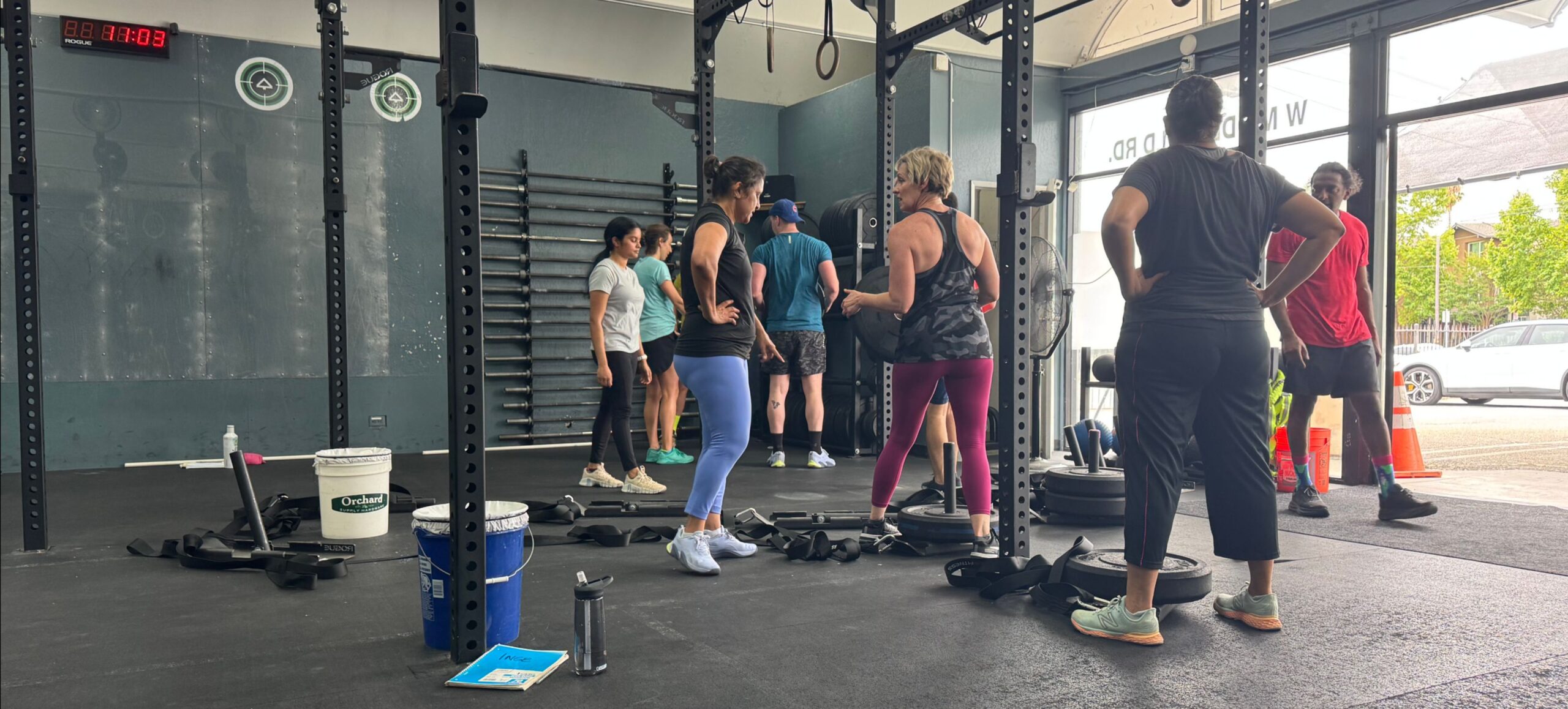
What’s Going On?
Endless Summer Teen Class
Who: Boys and Girls aged 12-17 Dates: August 5th – September 25th When: Tuesdays/Thursdays at 4pm *Email [email protected] to sign up*
Individualized Skill Training
If The Summer has you feeling motivated to learn a new skill or to refine one, Coach Rebecca has new availability to help. Contact her and set up a single session or regular appointment at [email protected]
CFPA Thorne Supplement Store
Overheard in Class: “Hard work works.”
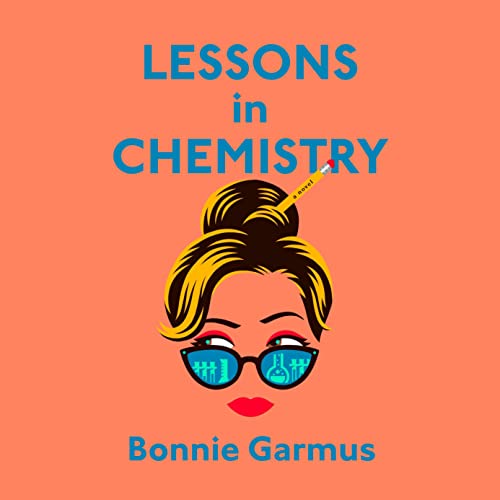
Timfluencing
Lessons in Chemistry by: Bonnie Garmus
Chemist Elizabeth Zott is not your average woman. In fact, Elizabeth Zott would be the first to point out that there is no such thing as an average woman. But it’s the early 1960s and her all-male team at Hastings Research Institute takes a very unscientific view of equality. Except for one: Calvin Evans; the lonely, brilliant, Nobel–prize nominated grudge-holder who falls in love with—of all things—her mind. True chemistry results.
But like science, life is unpredictable. Which is why a few years later Elizabeth Zott finds herself not only a single mother, but the reluctant star of America’s most beloved cooking show Supper at Six. Elizabeth’s unusual approach to cooking (“combine one tablespoon acetic acid with a pinch of sodium chloride”) proves revolutionary. But as her following grows, not everyone is happy. Because as it turns out, Elizabeth Zott isn’t just teaching women to cook. She’s daring them to change the status quo.
Tim’s Takeaway: I tend to enjoy period stories about times that I wasn’t alive or don’t remember. I really have to use my imagination. Research shows that reading/listening to fiction stimulates creativity. So hopefully this will result in some new and creative workouts at CFPA. 😉
I haven’t watched it, but they made a miniseries about the book. Watch the trailer here.
Ask me more about this one in class.
Thank you for your support.
I look forward to what we will do together.
